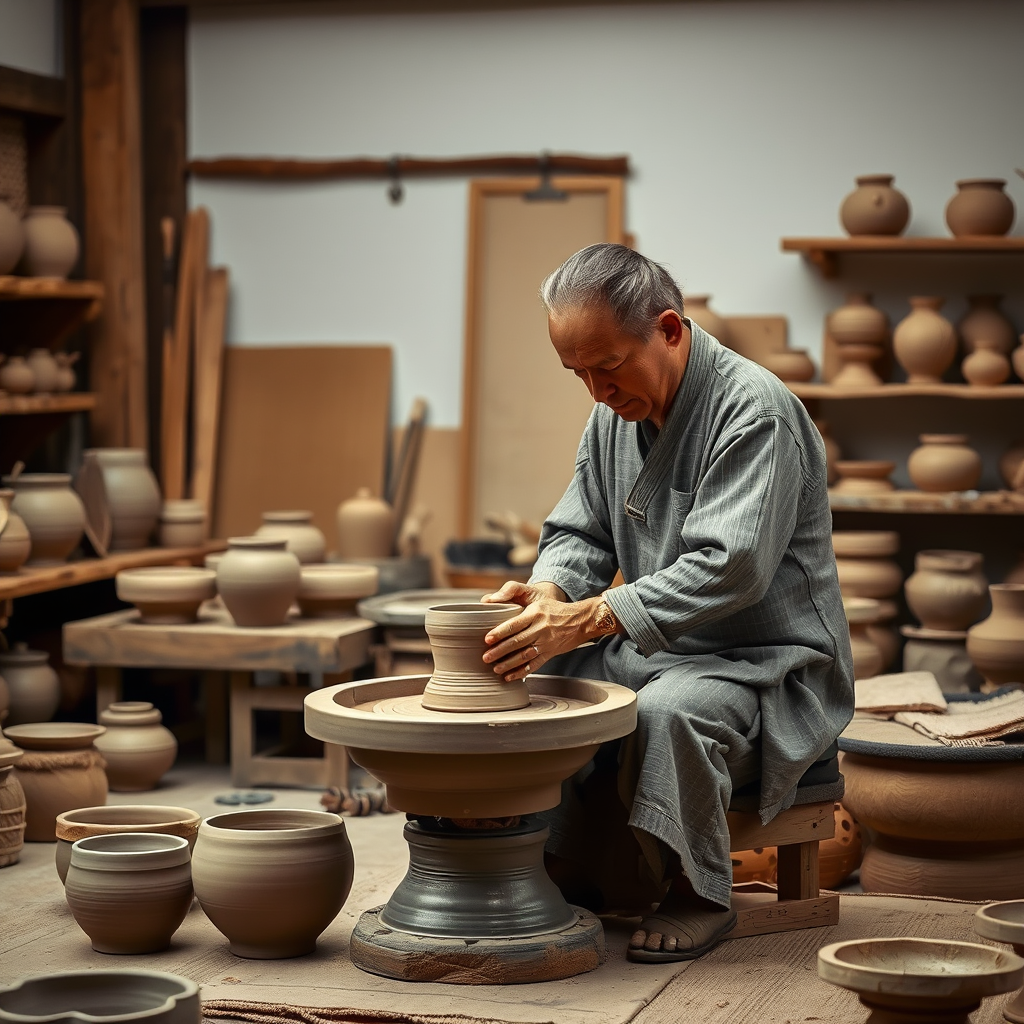In the bustling heart of Tokyo, where modern skyscrapers touch the clouds and technology advances at lightning speed, there exists a quieter world where time moves differently. Here, master artisans dedicate their lives to preserving the ancient Japanese crafts that have shaped the nation's cultural identity for centuries.
Through our platform at japanesencrafts.com, we've had the privilege of connecting with these extraordinary craftspeople who open their workshops to share their knowledge with both locals and visitors. Their stories are not just about technique and tradition—they're about passion, perseverance, and the profound responsibility of keeping cultural heritage alive.
The Potter's Wheel: Where Earth Becomes Art
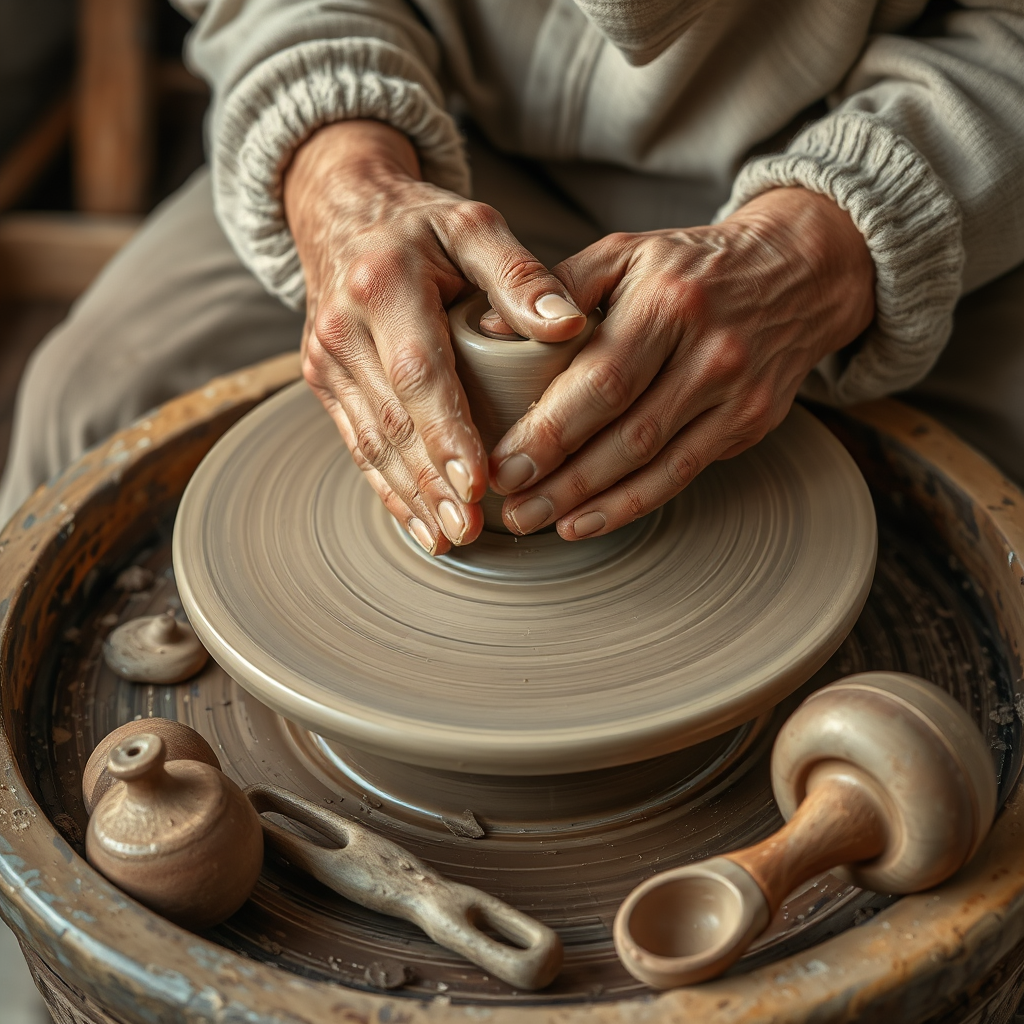
Master Tanaka Hiroshi has been working with clay for over four decades. His small workshop in Asakusa district is filled with the earthy scent of wet clay and the gentle hum of spinning wheels. "When I first touched clay as a young apprentice," he reflects, "I never imagined I would spend my entire life trying to understand its secrets."
Tanaka-san's journey began in 1982 when he became an apprentice under the legendary potter Yamamoto Kenji. "The first three years, I wasn't allowed to touch the wheel," he recalls with a gentle smile. "I swept floors, prepared clay, and watched. Always watching. My master believed that understanding comes before doing."
Today, through our Japanese crafts workshops, Tanaka-san shares not just his technical expertise but also the philosophy behind his art. "Each piece of clay has its own personality," he explains to his students. "My job is not to force it into a shape, but to guide it toward its natural form."
The Art of Brush and Ink: Calligraphy as Meditation
In a traditional machiya townhouse in Kyoboshi district, Master Sato Yuki teaches the ancient art of shodo (Japanese calligraphy). Her workshop space is minimal yet profound—low wooden tables, carefully arranged brushes, and the subtle fragrance of ink stones being ground with water.
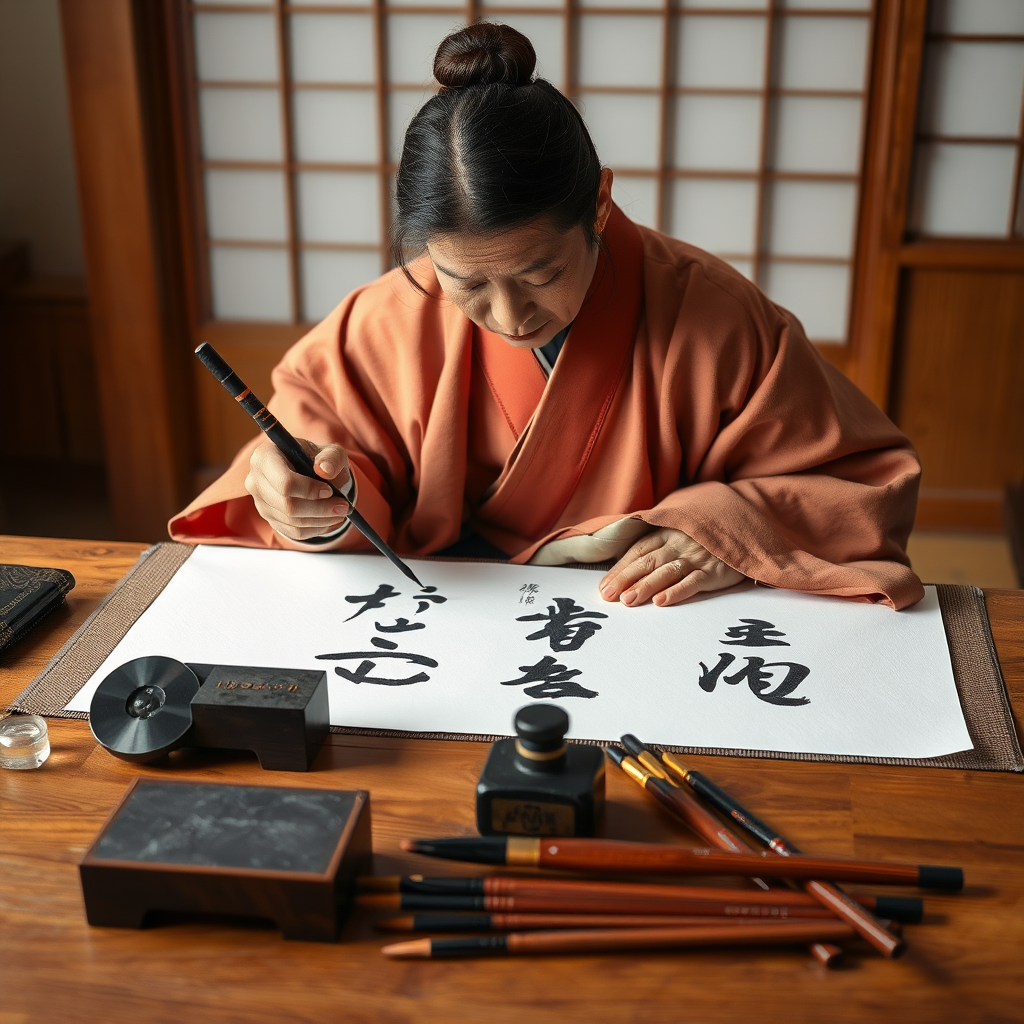
"Calligraphy is not just writing," Sato-sensei explains as she demonstrates the proper way to hold a brush. "It's a conversation between your spirit, the brush, and the paper. Each stroke carries intention, emotion, and centuries of tradition."
Sato-sensei's path to mastery began in childhood, but her dedication deepened after a personal tragedy. "When my father passed away, I found solace in the rhythm of brush strokes. The practice became my meditation, my way of connecting with something larger than myself."
Her workshops through our platform attract participants from around the world, each seeking not just to learn technique but to experience the meditative quality of this ancient art. "I see people arrive stressed and hurried," she observes. "By the end of our session, their breathing has changed, their shoulders have relaxed. This is the true power of traditional Japanese crafts."
Threads of Tradition: The Textile Artist's Legacy
Master Kimura Akiko specializes in traditional indigo dyeing and textile arts. Her workshop in Sumida ward is a symphony of blues—from the palest sky to the deepest ocean. Hanging throughout the space are examples of her work: delicate scarves, bold wall hangings, and intricate pieces that seem to capture the very essence of Japanese aesthetics.
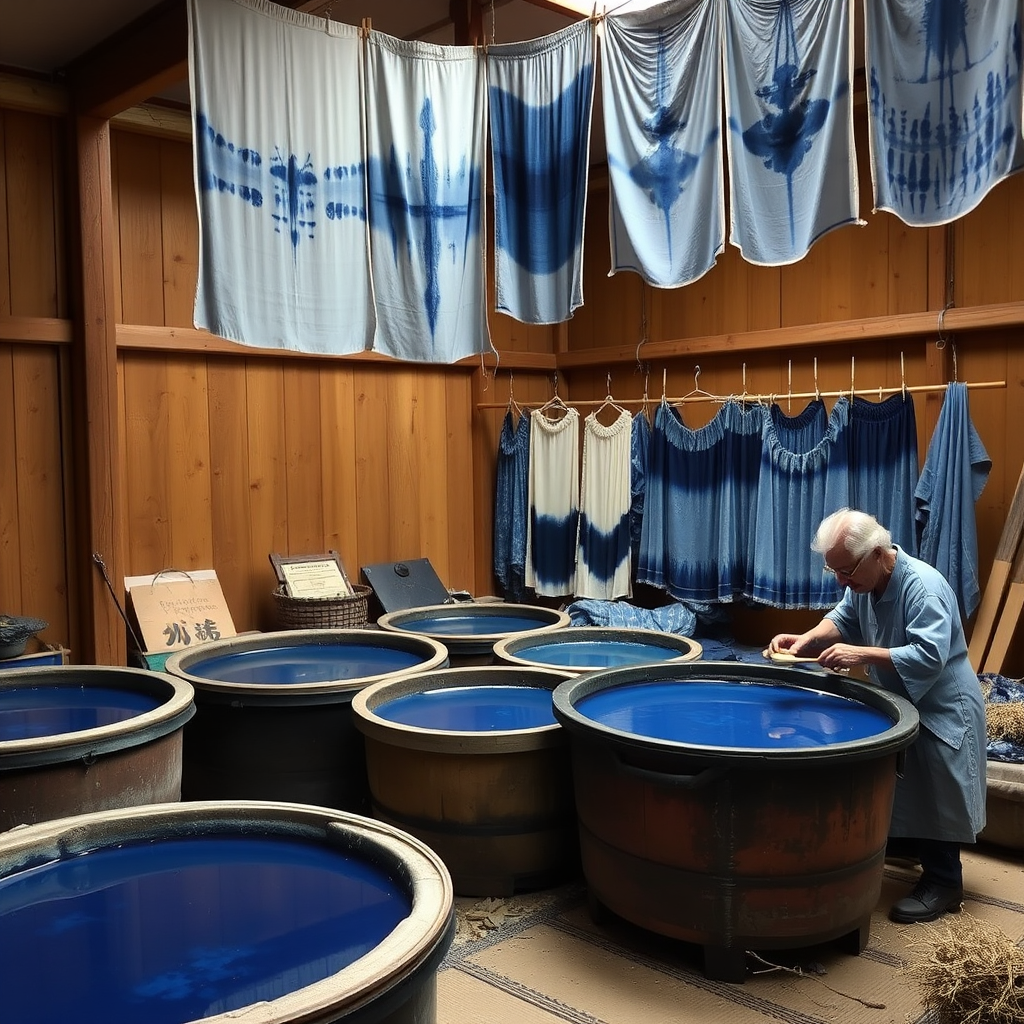
"Indigo is a living thing," Kimura-san explains as she tends to her fermentation vats. "It requires patience, respect, and understanding. You cannot rush the process—the indigo will tell you when it's ready."
Her expertise extends beyond dyeing to include traditional weaving and even kimono workshop techniques. "Many people think kimono are just beautiful clothes," she says, "but they are actually complex works of art. Every fold, every pattern placement, every color choice has meaning."
Through our platform, Kimura-san offers immersive experiences where participants can learn the entire process—from preparing natural fibers to creating their own indigo-dyed pieces. "I want people to understand that these crafts are not museum pieces," she emphasizes. "They are living traditions that can enrich modern life."
Challenges and Hope: Preserving Tradition in Modern Times
All three masters face similar challenges in their mission to preserve traditional Japanese crafts. The younger generation, drawn to faster-paced careers, often overlooks these time-intensive arts. Raw materials become harder to source as traditional suppliers close their doors. And the economic pressures of modern Tokyo make it difficult to maintain workshop spaces.
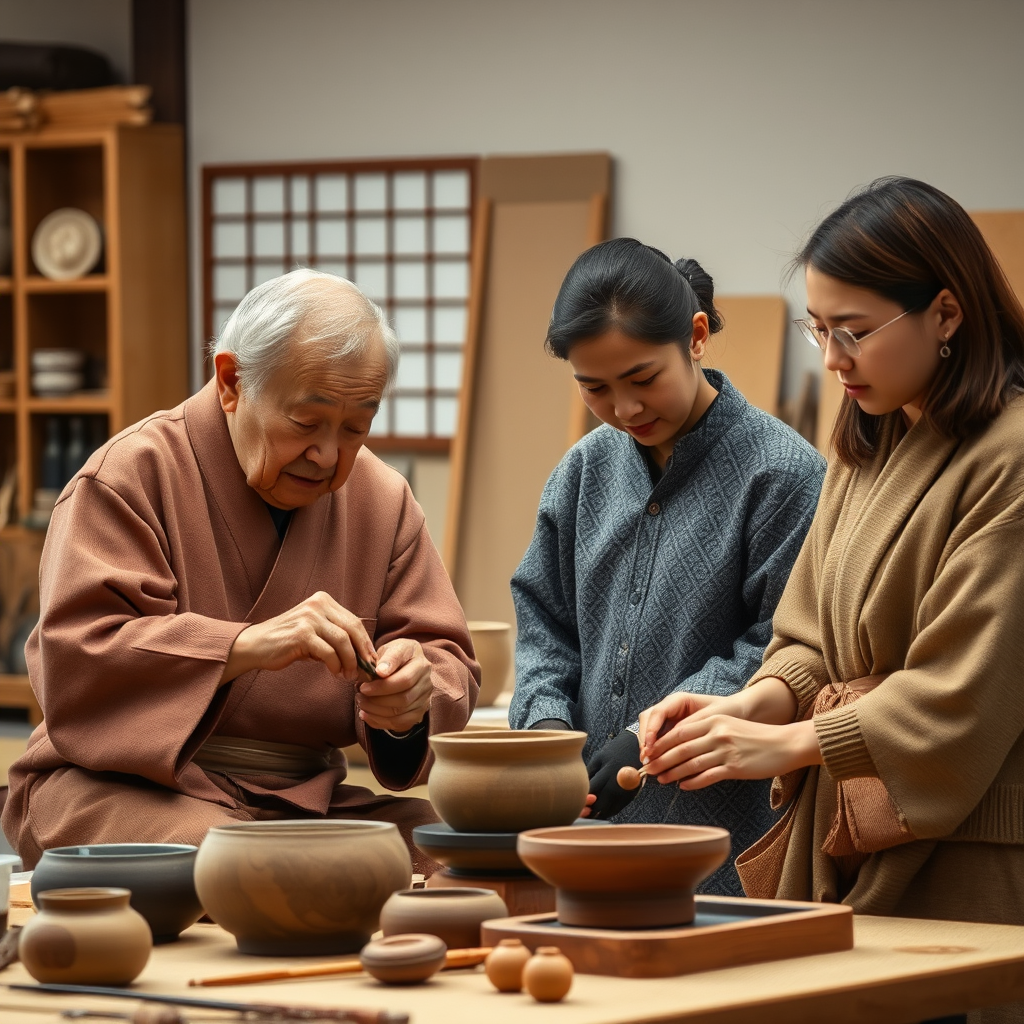
"Sometimes I worry," admits Tanaka-san. "Will there be someone to carry on this knowledge when I'm gone? But then I see the excitement in a student's eyes when they create their first successful piece, and I feel hopeful again."
This is where platforms like japanesencrafts.com play a crucial role. By connecting these master artisans with people eager to learn, we're helping ensure that these precious skills don't disappear. Each workshop participant becomes an ambassador for Japanese cultural heritage, carrying these experiences back to their communities around the world.
The Future of Traditional Crafts
Despite the challenges, all three masters remain optimistic about the future of their crafts. They've adapted to modern times while maintaining the integrity of their traditions. Sato-sensei now offers online calligraphy lessons for international students. Kimura-san has developed eco-friendly dyeing techniques that appeal to environmentally conscious makers. And Tanaka-san has begun incorporating contemporary designs while using traditional methods.
"Tradition doesn't mean staying exactly the same," reflects Kimura-san. "It means understanding the essence of what we do and finding ways to keep that essence alive in changing times."
Their workshops through our platform have become bridges between past and present, East and West, master and student. Each session is not just a lesson in technique but an immersion into a way of thinking, a philosophy of patience and mindfulness that our fast-paced world desperately needs.
Experience the Magic Yourself
The stories of these master artisans remind us that behind every traditional craft lies not just technique, but heart, soul, and generations of accumulated wisdom. Their dedication to preserving and sharing these arts ensures that the cultural heritage of Japan continues to inspire and enrich lives around the world.
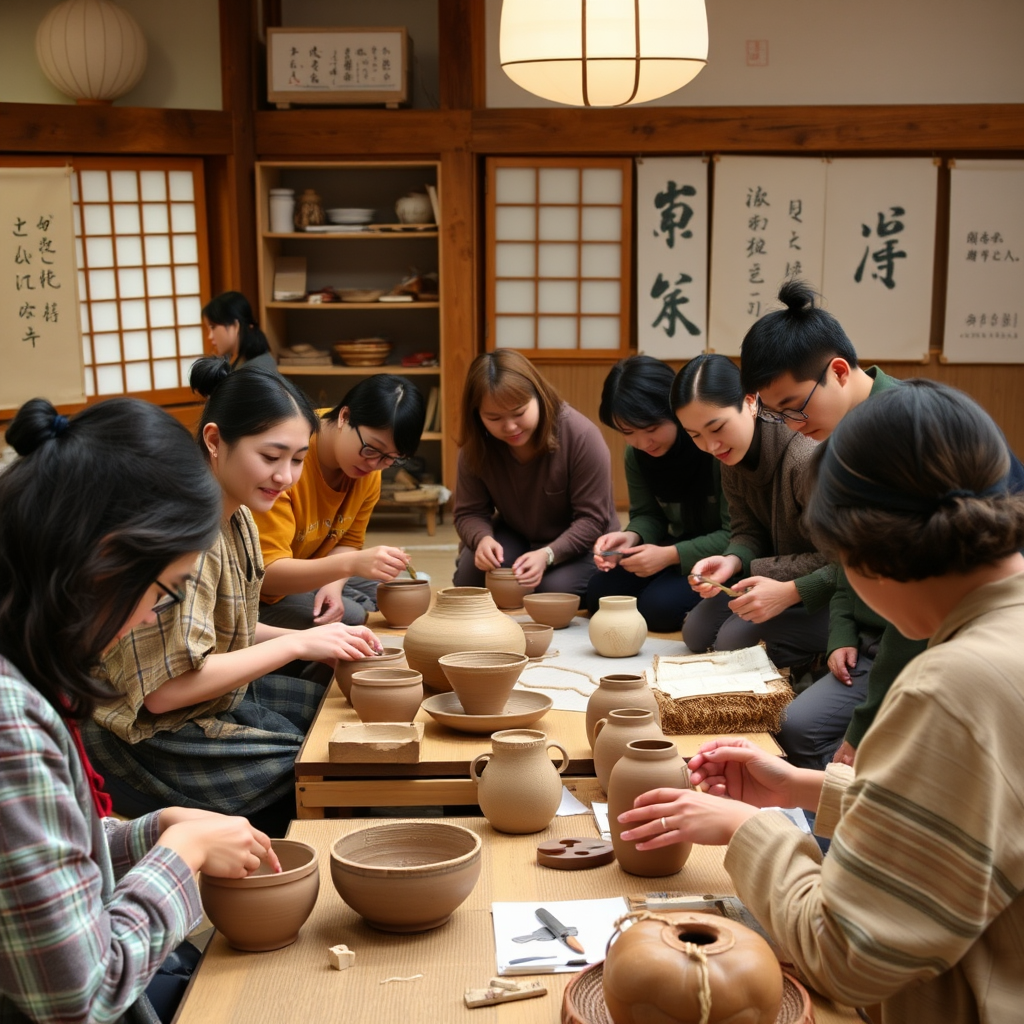
Through japanesencrafts.com, these masters continue to welcome new students into their workshops, sharing not just their skills but their passion for keeping Japanese cultural traditions alive. Whether you're drawn to the meditative qualities of pottery, the spiritual aspects of calligraphy, or the natural beauty of textile arts, these experiences offer something far more valuable than just learning a new skill—they offer a connection to centuries of human creativity and wisdom.
As Master Tanaka says, "When you work with your hands to create something beautiful, you become part of a story that began long before you and will continue long after. That is the true gift of traditional crafts—not just what you make, but who you become in the making."
